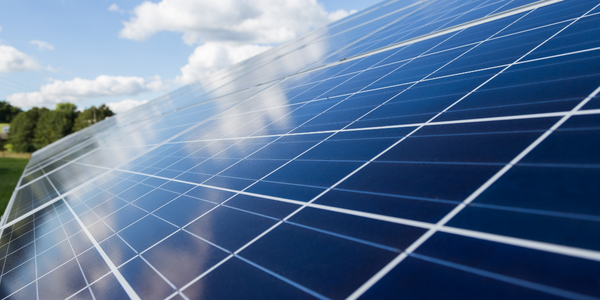Advantech
Case Studies
Smart Monitoring Solutions for Solar Panels: A Case Study
Overview
 |
Smart Monitoring Solutions for Solar Panels: A Case StudyAdvantech |

|
Infrastructure as a Service (IaaS) - Private Cloud Networks & Connectivity - WiFi | |
Electrical Grids Renewable Energy | |
Behavior & Emotion Tracking Leakage & Flood Monitoring | |
Cloud Planning, Design & Implementation Services System Integration | |
Operational Impact
| The implementation of the solar power generation monitoring system not only made the monitoring process more effective but also reduced operational costs. The application provided real-time updates directly from the site on the power generated, which was a significant improvement over the previous system. The solution proved to be durable, adaptable, flexible, and is now being used to make proposals for various IoT and remote management projects, such as the remote management of waterworks facilities. This case study demonstrates the potential of IoT in improving the efficiency and cost-effectiveness of renewable energy generation. | |
Quantitative Benefit
| The monitoring process became more effective at a lower operational cost. | |
| The application provided real-time updates directly from the site on the power generated. | |
| The solution resulted in a considerable cost saving of 1 billion yen compared to installing a wired optical network. | |


